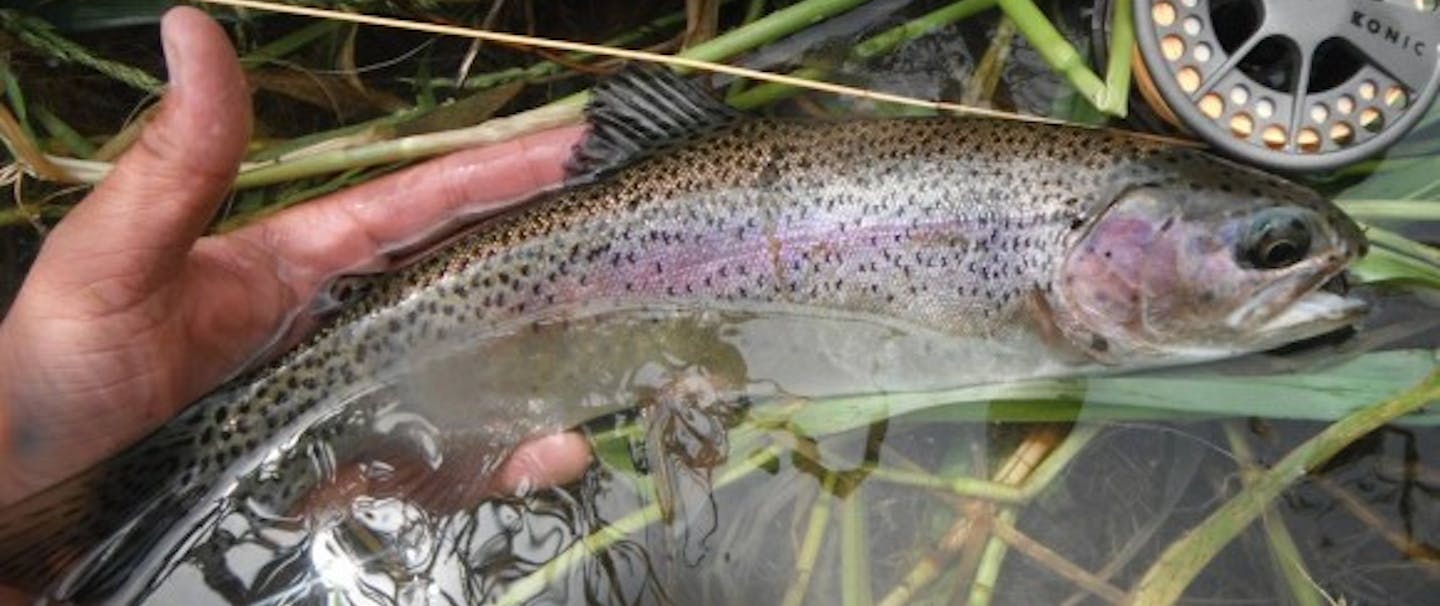
Scott Linden of Wingshooting USA is a dear friend of Filson who has taught us many shooting tips and lessons in the field over the years. Scott helps us find more birds by scoping out their water sources in today’s lesson.
Birds need water. Not much, and not necessarily from the “usual suspects,” but almost every day. Though they don’t usually cooperate as they did one day in chukar country, when an acquaintance filled his gas tank with fuel and my buddy and I with hope. He predicted birds on a certain creek at a certain time.
And, he was right. At least that hot day in a drought season where the only water was scarce and in predictable locations. For all I know, he’d been there the day before, but I’m still grateful.
Most times, it doesn’t happen that way. We wander a creek bed to draw, swale to spring, searching for elusive game birds who some pundit said needed the life-giving fluid. So why aren’t they here? If only it was that simple.
One way to find more birds is to find their water source, then put yourself between the birds and their water. But if it was easy, there’d be fewer birds in the field and more bragging hunters in the local tavern.
The fact of the matter is, birds don’t have watches. Weather, time of year, and for all I know, the alignment of the planets will affect a bird’s schedule and water needs. Early in the season, they are most likely to head for open water: creeks, streams or a pond. They will travel some distances to get it too. Biologists tell us up to a mile, maybe more in a crisis.
But all water spots aren’t marked on a map. Springs, seeps, roadside ditches, irrigation canals all proffer enough moisture to sustain life in a game bird. Watch for green spots in an arid landscape, ask locals, and get creative. I’ve found birds at cattle tanks and dripping windmill trough.
They’ll visit that water once, sometimes twice a day if it’s really hot or their diet is comprised of dry materials like grains. But when, oh when, is the eternal mystery? Mid-morning and late afternoon are safe, but relative guesses.
If the wind is right or your route allows it, hunt toward or away from water and you might get lucky. Or plan a route that hits water sources several times during the day.
You can also simply trust it to pure dumb luck, like I do. Because even when sun bakes the hills and desiccates everything in sight, birds don’t necessarily need open water. Morning dew will suffice, or succulent forbs and grasses. So don’t put all your eggs in the hydration basket when you shuck those shells into your Mossberg.
All bets are off once fall rains arrive.
Precipitation resets the balance, putting moisture in places you might not think to look. Just today, after a hard rain our volcanic desert environment blossomed into a series of tiny oases. Every depression in the lava rock held a cup or two of water. That’s plenty for a covey that doesn’t have to tromp all the way down the hill to the rushing stream that meant life itself in August. Snow can do the same thing as it melts, or in a pinch, eaten. Insect-eaters get their share from their crunchy-on-the-outside but chewy-on-the-inside meals.
Lesson: once fall weather settles in, go farther from the usual water sources. You might get closer to the birds.
Now that you have the tips to finding the birds get suited up with the right gear.



